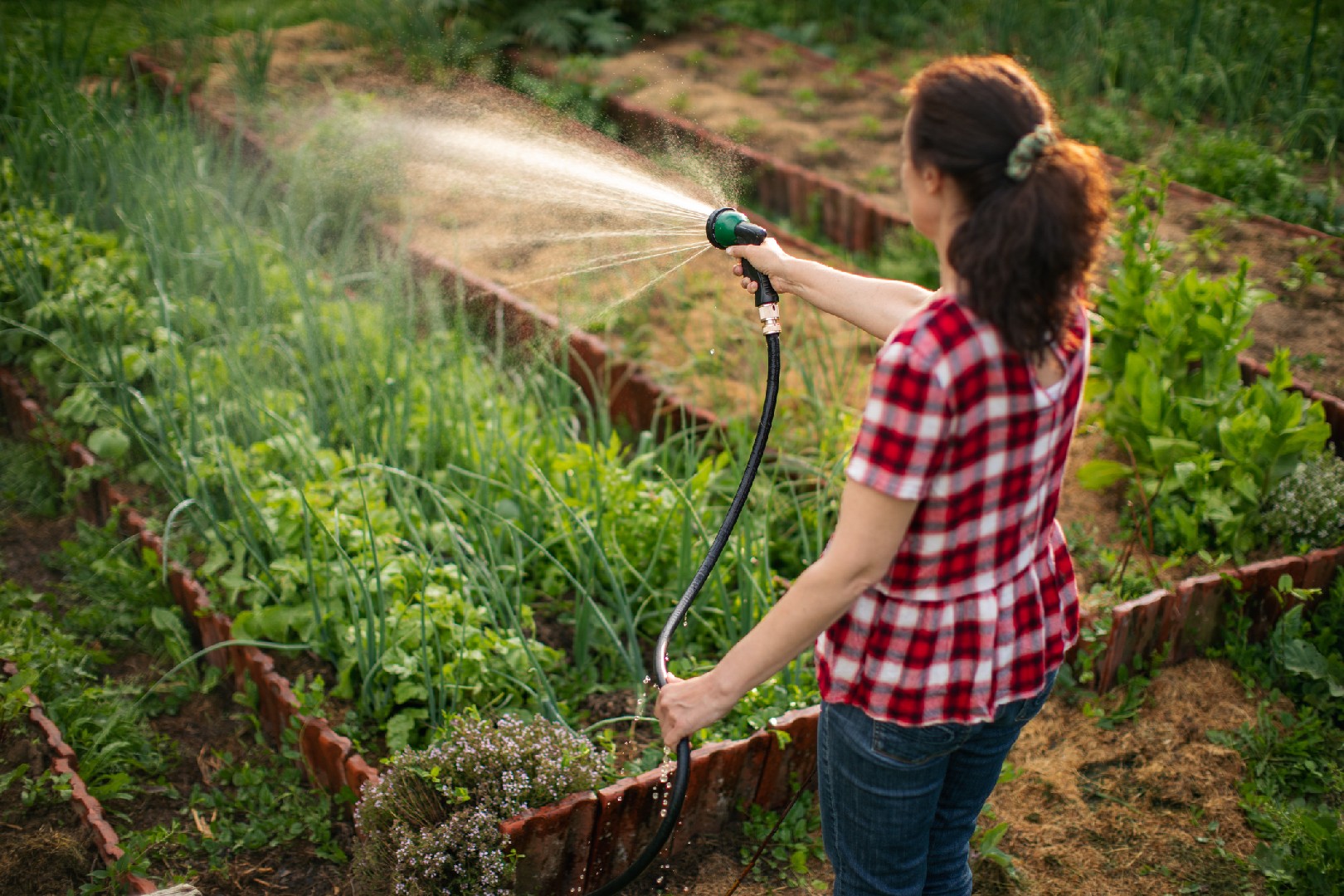![Rectangle]()
Getting to Grips with Garden Hydration Basics
A well-hydrated garden is the foundation for a thriving lawn and healthy plants. Understanding the necessity and role of water for plant health is crucial for any gardener. Water is essential for plants as it aids in nutrient absorption, photosynthesis, and the transportation of minerals and sugars throughout the plant. Without sufficient water, plants can become stressed, wilted, or even die.
Recognising signs of under-watering and over-watering is important to maintain the health of your garden. Under-watering can be identified by wilted leaves, dry soil, and slow growth. When plants lack sufficient water, they struggle to take up nutrients effectively and their growth becomes stunted. On the other hand, over-watering can lead to yellowing of leaves, root rot, and an environment that promotes the growth of fungal diseases. It is essential to strike the right balance by monitoring the moisture levels of your garden regularly.
The timing of watering is crucial to optimize water absorption and minimize evaporation. The best times of day to water plants are early in the morning or late in the evening. During these times, the temperatures are cooler, and the sun is not as intense, allowing the water to soak into the soil and be absorbed by the roots. Watering during the hotter part of the day can result in evaporation before the plants can benefit from it. It is also important to water the plants' roots directly rather than the leaves to avoid water loss through evaporation.
To ensure effective garden hydration, there are various methods and techniques you can employ. One popular method is drip irrigation, which delivers water slowly and directly to the plants' roots, minimizing water waste. Another technique is mulching, which involves covering the soil with a layer of organic material like straw, wood chips, or bark. Mulching helps retain moisture in the soil by preventing evaporation and suppressing weed growth.
Additionally, understanding the specific water needs of different plant species in your garden is crucial for optimal hydration. Some plants, like succulents, require infrequent but deep watering, while others, like vegetables, may require more frequent watering. It is important to research and familiarize yourself with the specific watering needs of your plants to ensure their health and vitality.
In conclusion, mastering garden hydration is essential for the overall health and appearance of your lawn and plants. By understanding the necessity and role of water, recognizing signs of under-watering and over-watering, and implementing effective watering techniques, you can ensure your garden thrives. Remember to water your plants during the optimal times of day, use methods like drip irrigation and mulching to conserve water, and tailor your watering approach to meet the specific needs of your plants. With these tips and knowledge, you can achieve a well-hydrated garden that will flourish and bring you joy for years to come.





